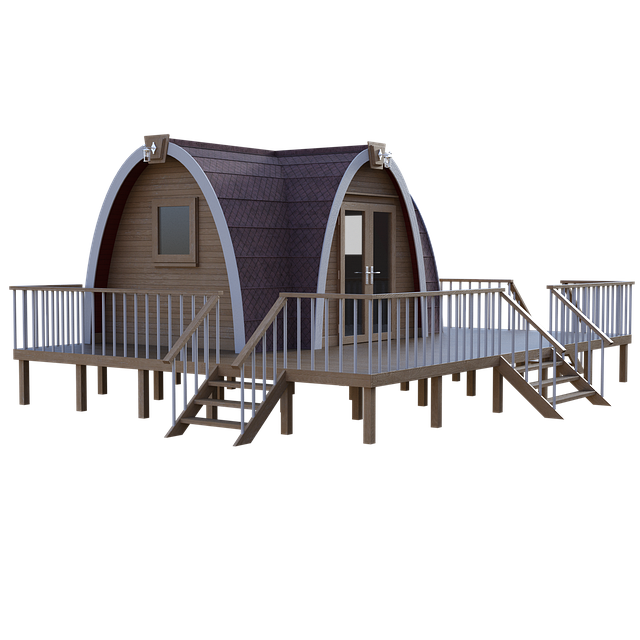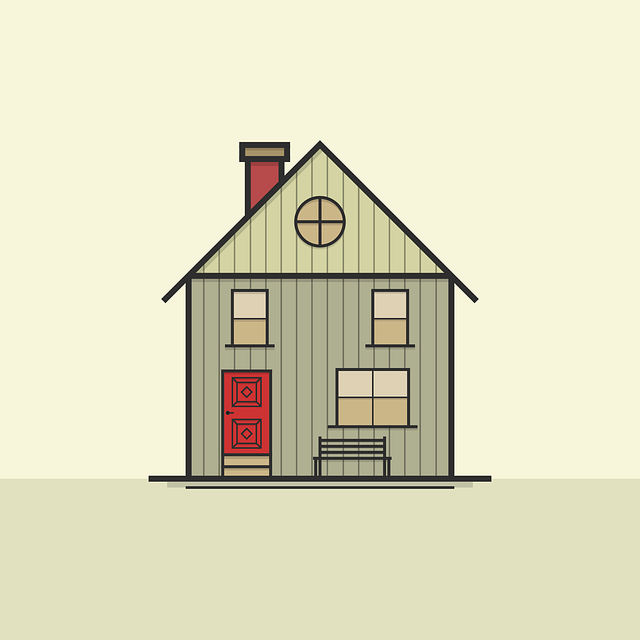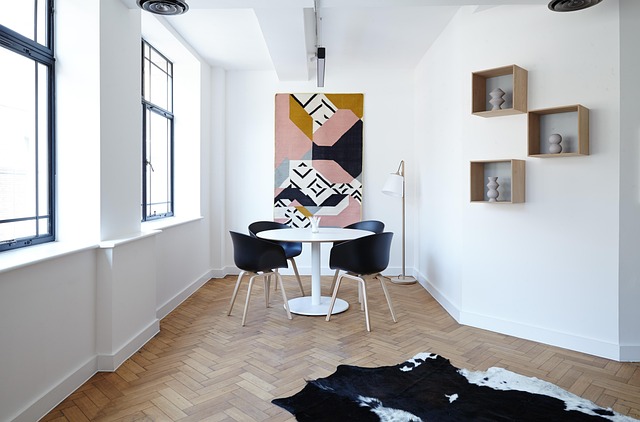The real estate industry is rapidly evolving towards sustainability as environmental concerns rise. Smaller, eco-friendly dwellings are gaining popularity, challenging traditional large homes, due to their efficient design and reduced resource requirements. This trend aims to conserve natural resources, reduce carbon footprints, and offer affordable sustainable living options to a broader audience. Developers and architects are integrating green features, such as energy-efficient appliances, into their designs, while the future envisions smart homes utilizing renewable energy and compact living spaces for minimal waste. By promoting these eco-friendly alternatives, the industry addresses environmental impact, spatial inequality, and habitat destruction, ensuring a greener and more sustainable future in real estate.
In today’s conscious shift towards sustainable living, the real estate industry is witnessing a demand for eco-friendly alternatives to larger dwellings. As environmental concerns grow, consumers seek homes that minimize their ecological footprint without compromising quality of life. This article explores the rising trend of smaller, greener residences, delving into architectural innovations, community considerations, and the overall impact on the environment and neighborhoods. Discover how compact living spaces could be the future of real estate, fostering both sustainability and cost-efficiency.
The Growing Need for Sustainable Living Spaces

In today’s world, there’s a growing need for sustainable living spaces as environmental concerns continue to rise. The real estate sector is increasingly acknowledging this shift towards eco-friendliness, with more people seeking alternative housing options that minimize their carbon footprint. Traditional large dwellings, known for their energy-intensive construction and maintenance, are being reconsidered in favor of smaller, more efficient living spaces.
This change is driven by a desire to conserve natural resources, reduce waste, and promote a healthier planet. Smaller homes offer a practical solution, providing compact yet functional living environments that require fewer materials and energy to build and operate. As such, they are not only environmentally friendly but also often more affordable, making sustainable living accessible to a broader range of individuals.
– Exploring the demand for eco-friendly options in real estate

In today’s world, there’s a growing demand for sustainable and eco-friendly options in real estate. As folks become more conscious of their environmental impact, they’re seeking dwellings that align with their values. This shift isn’t just a passing trend; it’s a profound change in consumer behavior, driven by a desire to live in spaces that are kind to the planet without compromising on comfort or style. The real estate market is responding, with developers and architects increasingly incorporating green features into their designs.
This demand extends beyond simply energy-efficient appliances and sustainable building materials; it encompasses entire communities built with an eco-conscious mindset. From smart homes equipped with renewable energy sources to compact living spaces optimized for minimal waste, the future of real estate is looking greener. In light of this, exploring and promoting eco-friendly alternatives to larger dwellings can offer a viable path towards more sustainable living, appealing to those who want to make a positive impact on the environment without sacrificing space or lifestyle.
– Impact of larger dwellings on environment and communities

The impact of larger dwellings on both the environment and communities is a growing concern in the real estate sector. These massive structures often require extensive resources for construction, from vast amounts of concrete and steel to energy-intensive manufacturing processes for building materials. The environmental footprint doesn’t end there; larger homes typically consume more energy for heating, cooling, and lighting, contributing to increased greenhouse gas emissions and climate change.
Moreover, the development of such dwellings can lead to habitat destruction and fragmentation, negatively impacting local ecosystems and biodiversity. In communities, they may exacerbate spatial inequality, displacing residents and changing the character of neighborhoods. This is particularly evident in urban areas where high-rise buildings are replacing low-density, single-family homes, altering the social fabric and community dynamics.






